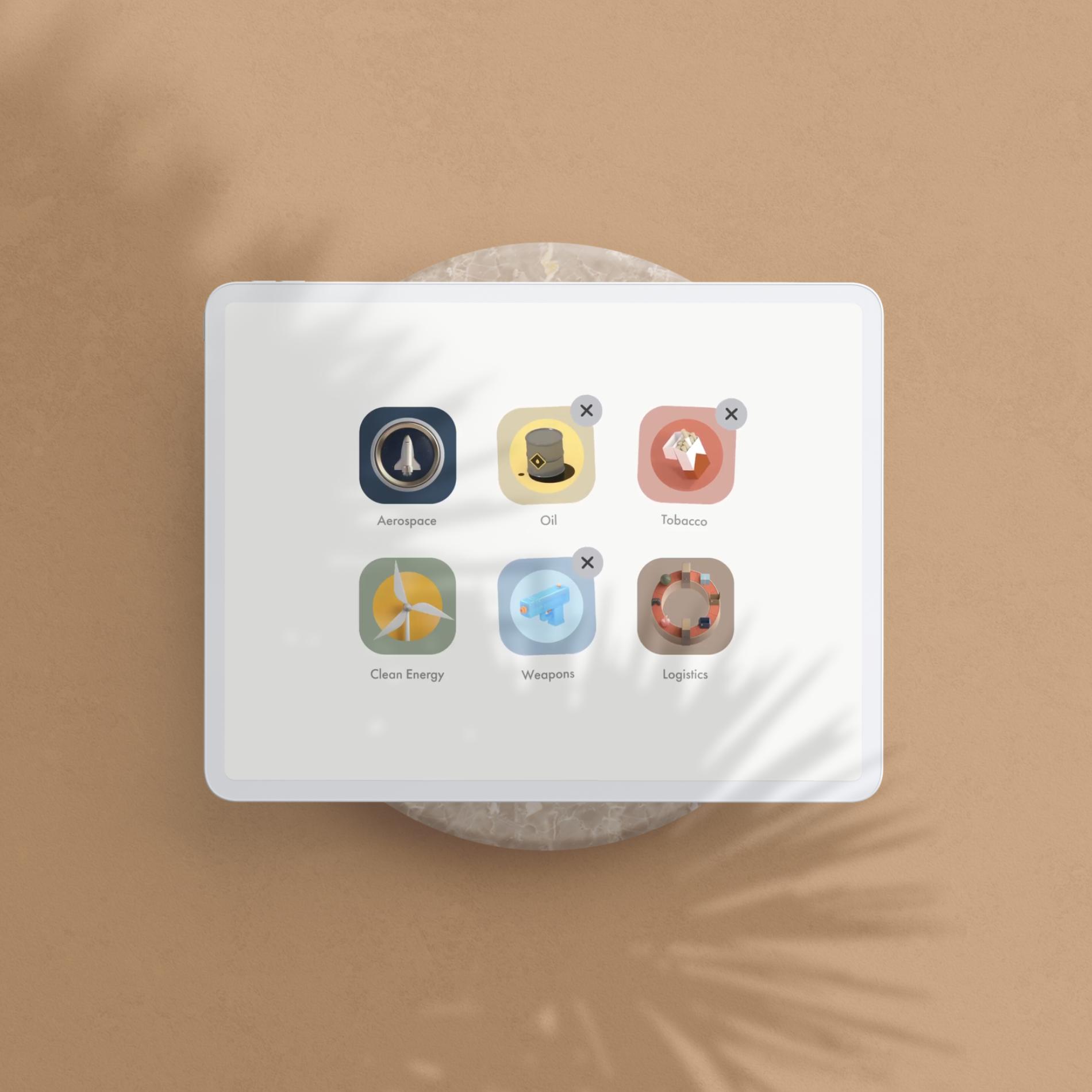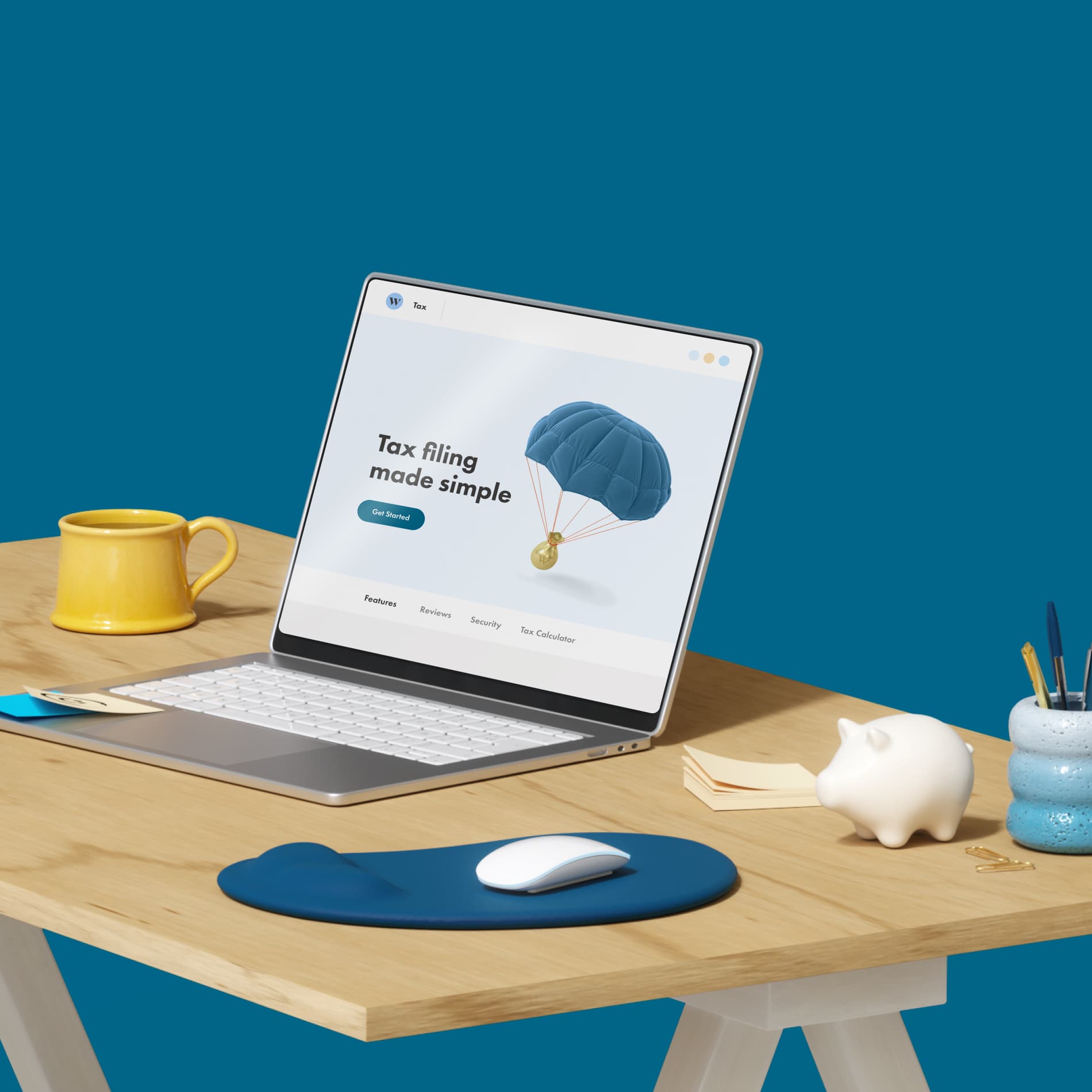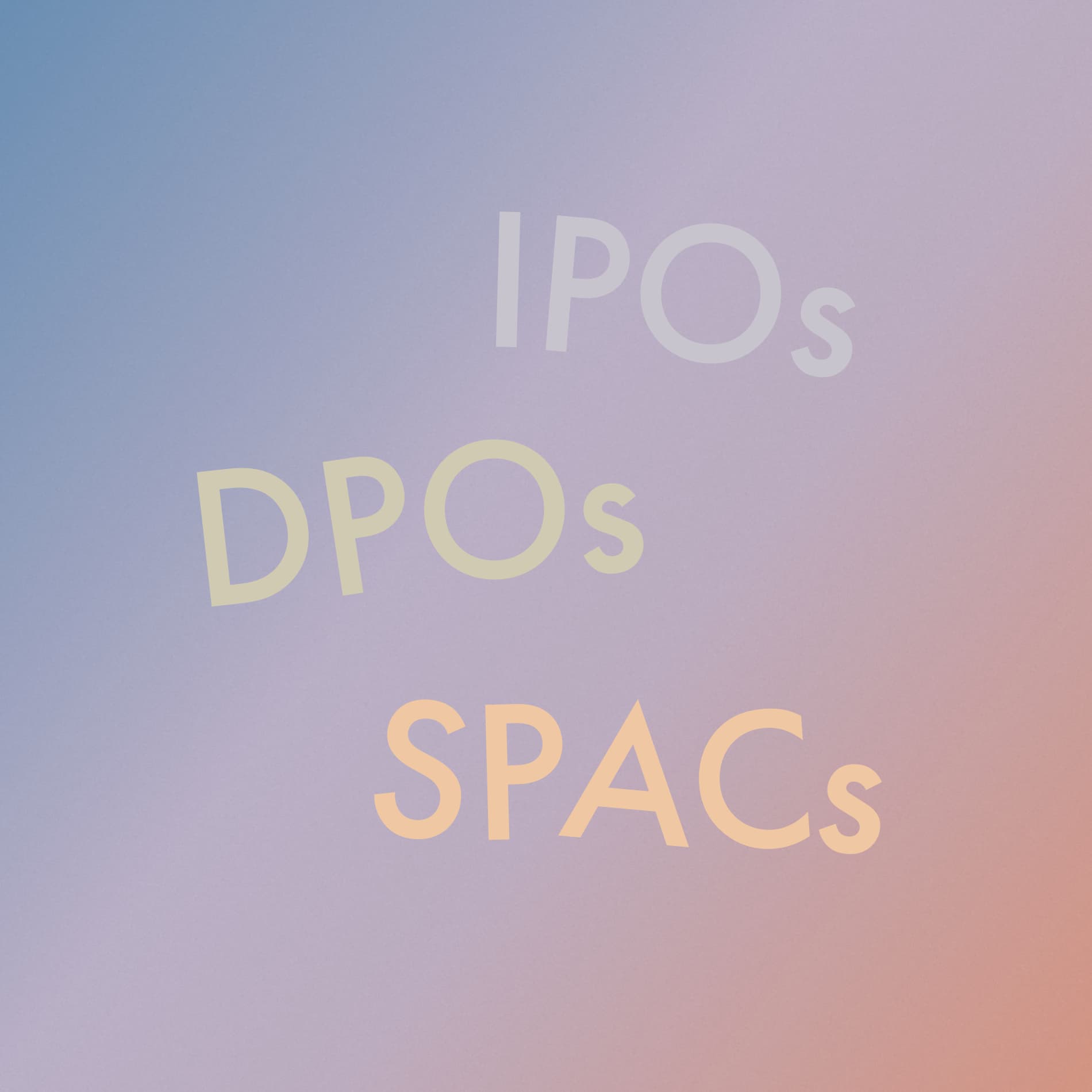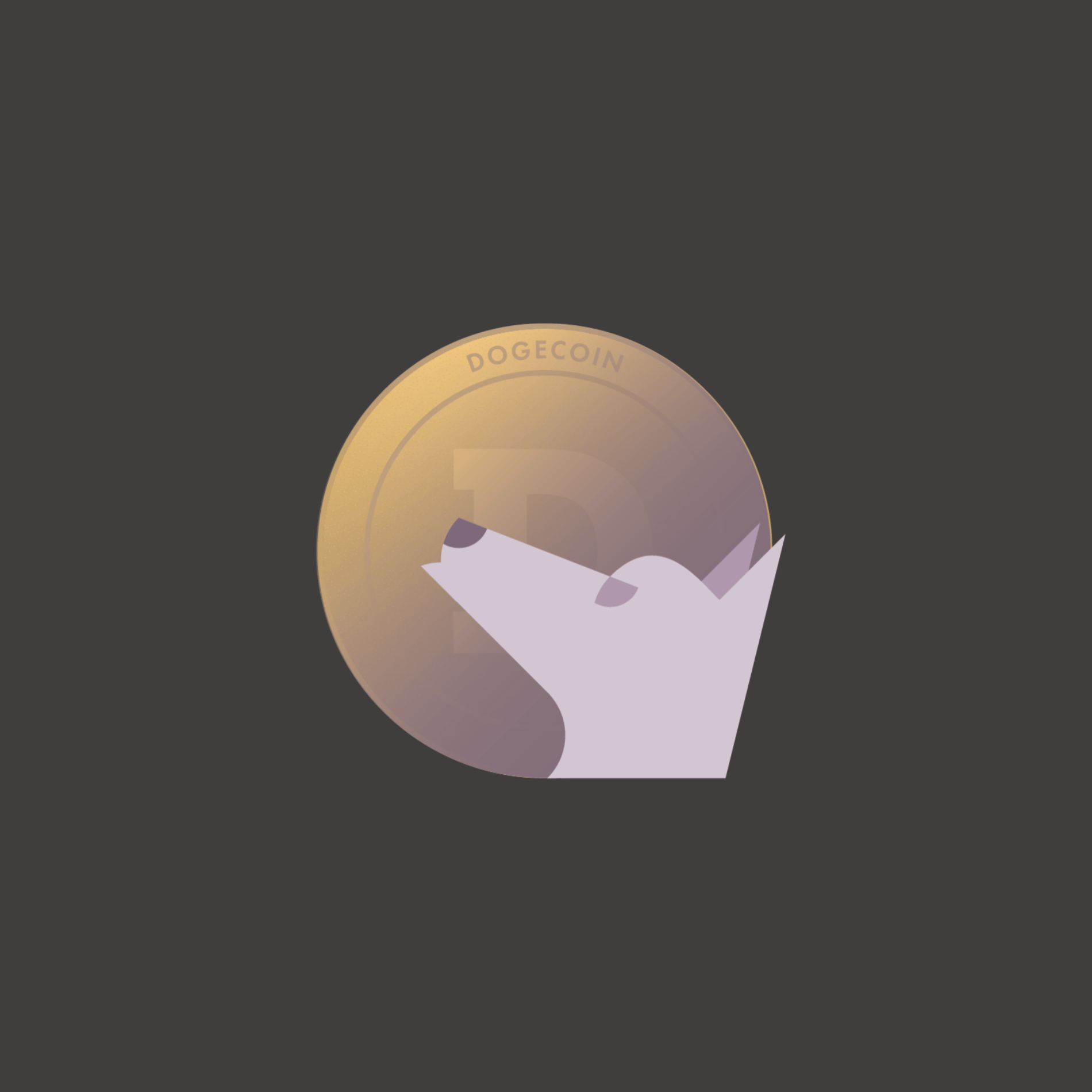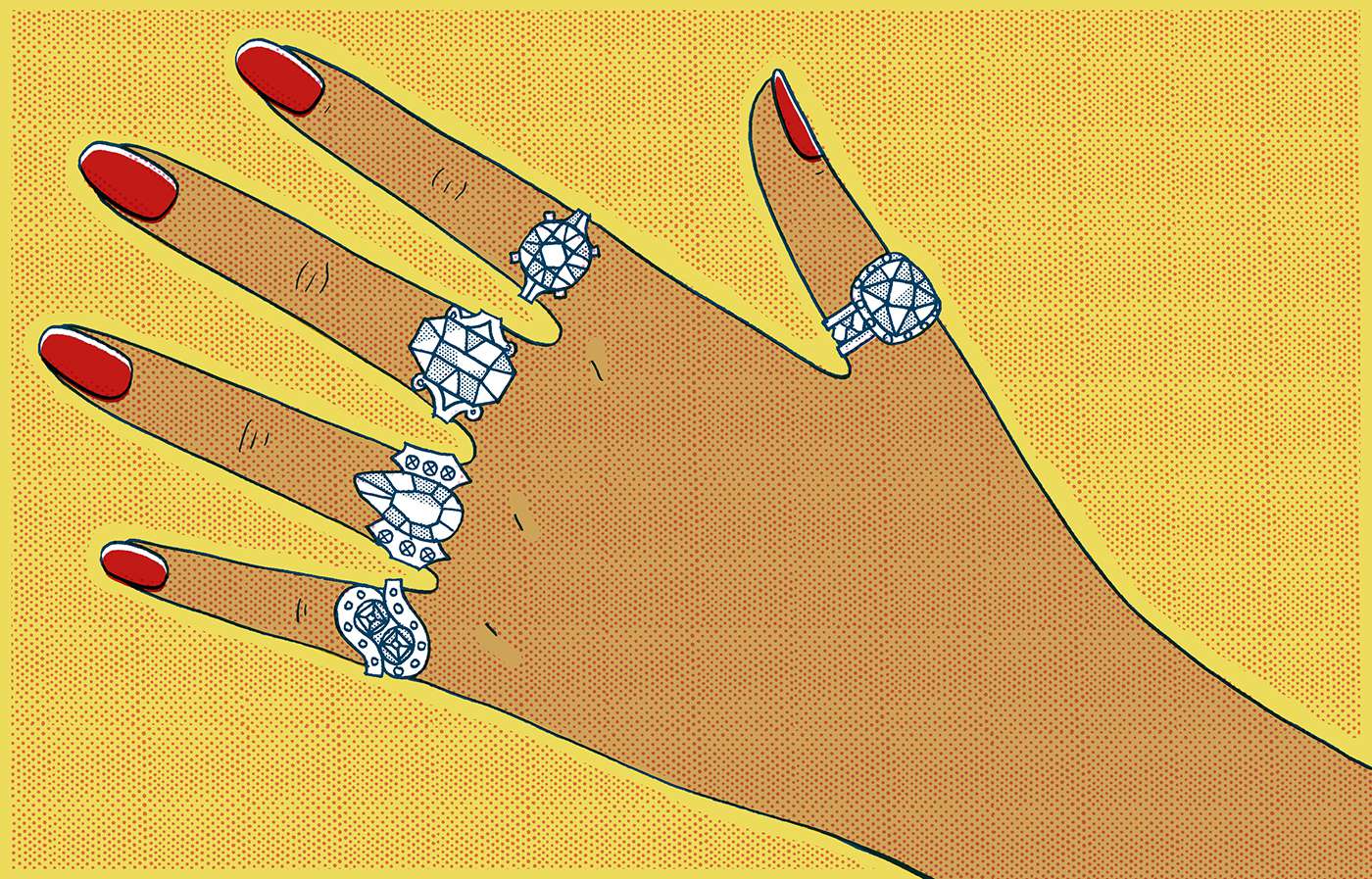
Finance for Humans
The Best Way to Invest in an Engagement Ring
Buying an engagement ring is a minefield. Here's a simple way to make the experience something you want to remember.
Wealthsimple makes powerful financial tools to help you grow and manage your money. Learn more
Before we get started, there’s one thing to know: Engagement rings are, on the surface, a terrible investment. They usually don’t appreciate. They’re difficult to sell. As Toronto-based jewelry designer Tamara Kronis—who runs Studio1098—put it, “A good investment is liquid, and there’s a mature secondary market. Rings are neither. This is not an investment. It’s a love letter.”
So our first piece of investment advice is never to think of an engagement ring as something you’re going to make money on. In fact, if you’re buying an engagement ring so you can sell it later, maybe you shouldn’t be buying an engagement ring at all. But just because it’s not a moneymaker doesn’t mean it’s not a good investment. An engagement ring does accrue value—it’s just a different kind of value. It’s something you’ll have for a lifetime and then, with any luck, pass on. “These rings are mini time machines,” says Brooklyn designer Jackie Stone, of Salt and Stone. “They symbolize perpetuity and future generations. I have my great grandmother’s ring, and it’s as beautiful as the day she bought it.” This is true even if styles change. The components of an engagement ring are durable: The diamond can be reset, the metal melted down and repurposed.
Now there are lots of ways to—and we’re going to say this like we’re in a terrible jewelry commercial—“invest in forever.” Some people dream of a ring from Tiffany or Harry Winston. Don’t fight it. If a Tiffany box is your fantasy, and it’s an affordable option, then godspeed, mazel tov, and happy connubial trails. But if it’s not, you should think twice about a name-brand ring. Name-brand rings are more expensive—you’re paying a premium for a word like “Cartier.” It’s true that certain names (like Cartier, for example) carry the kind of weight that will make your ring slightly more liquid and valuable if you want to resell it. But given that the idea is to never sell the thing, you should really think about doing something that is at once more personal and cost effective: have the ring made yourself.
Here’s how to do it.

Sign up for our weekly non-boring newsletter about money, markets, and more.
By providing your email, you are consenting to receive communications from Wealthsimple Media Inc. Visit our Privacy Policy for more info, or contact us at privacy@wealthsimple.com or 80 Spadina Ave., Toronto, ON.
First, Decide How Much You’re Going to Spend
An independent designer can make the most of your budget. You’re not paying extra for a fancy name, and you’re also not paying for any of the markups that come with buying a ring in a big, fancy store with a big marketing budget. You’re only paying for the materials and the designer’s time.
Having a budget is hugely important. There are just too many variables, too many price points, and the process can easily become overwhelming. Nearly everyone agrees that the “three month rule,” invented by a marketing genius at the diamond company De Beers, is as arbitrary as any other. The average cost of a ring, according to a 2014 survey on theknot.com, was nearly $6,000 USD . You may be prepared to spend twice or half as much, and there’s no wrong answer.
But stay within your budget. It’s good practice for planning a wedding. A good designer will listen to what you want, give you a budget that includes his or her services, and keep it all within your budget.
Figure Out What You Want
Look around. Check out your friends’ rings. Spend too many hours on Pinterest. And note that it’s OK for all interested parties to be part of the process. The bride is going to be wearing the thing forever and ever, so she might (i.e., does) have an opinion. “A bride can participate in part of the process,” says Kronis. “But she doesn’t need to know what the timeline is—that allows the proposal to still be a surprise.” According to a survey of Canadian couples conducted by weddingbells.ca, 89 percent of brides had input on how much their ring cost, and 55 percent had a hand in selecting their ring.
Choose a Designer
Start with your friends. Both Stone and Kronis rely primarily on word of mouth. Check out a designer’s work on his or her site or shop, then take to social media. Has a jeweler’s work been tagged in lots of Instagram posts or by clients on Facebook or even LinkedIn (yes, LinkedIn!)? “I get so many clients that way,” says Stone. “It’s a far better predictor of a good experience than Yelp.”
Recommended for you
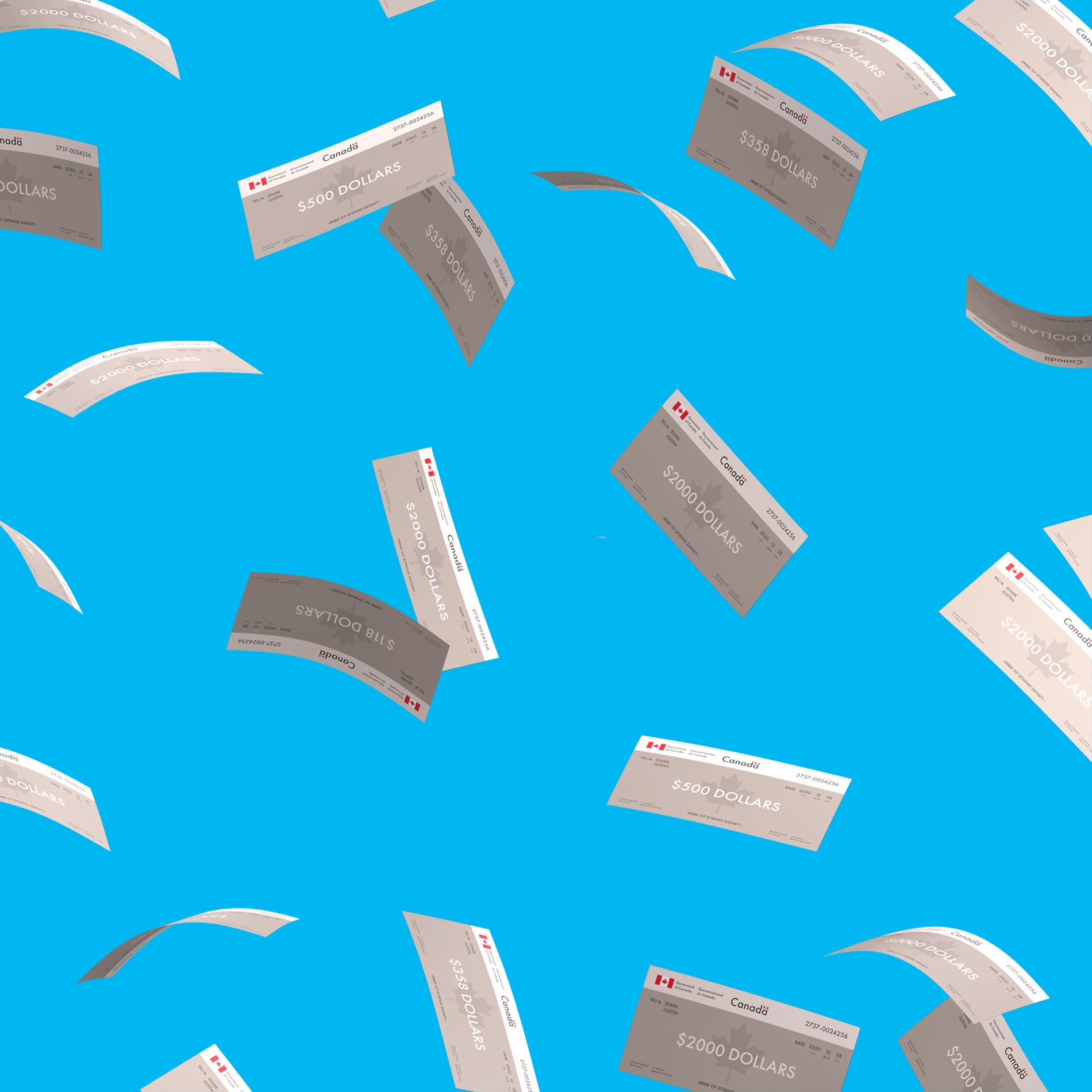
You May (Still) Have to Pay Taxes on COVID-19 Benefits
Finance for Humans
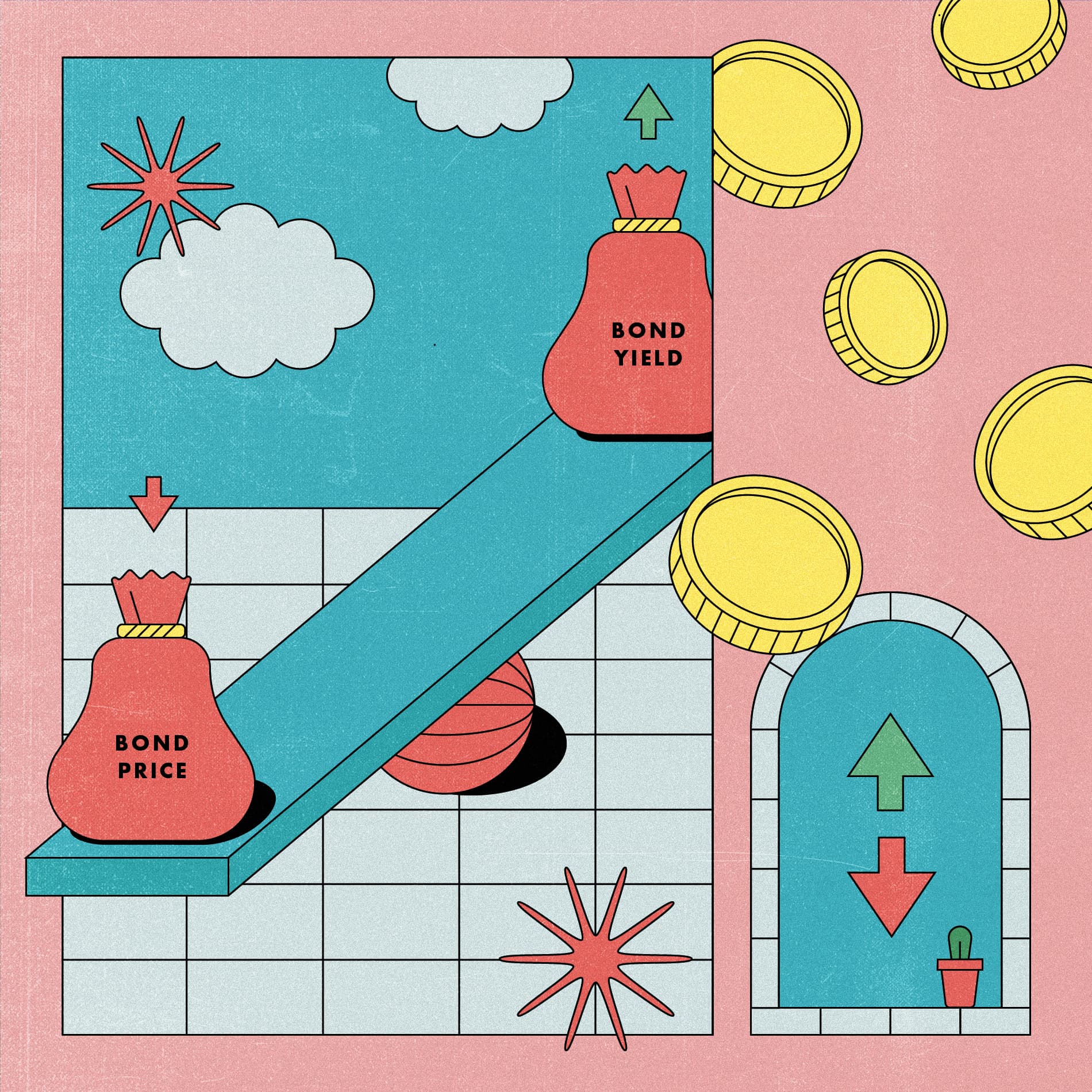
The Bond Market Fell, Hard. An Explainer for Normal Humans
Finance for Humans
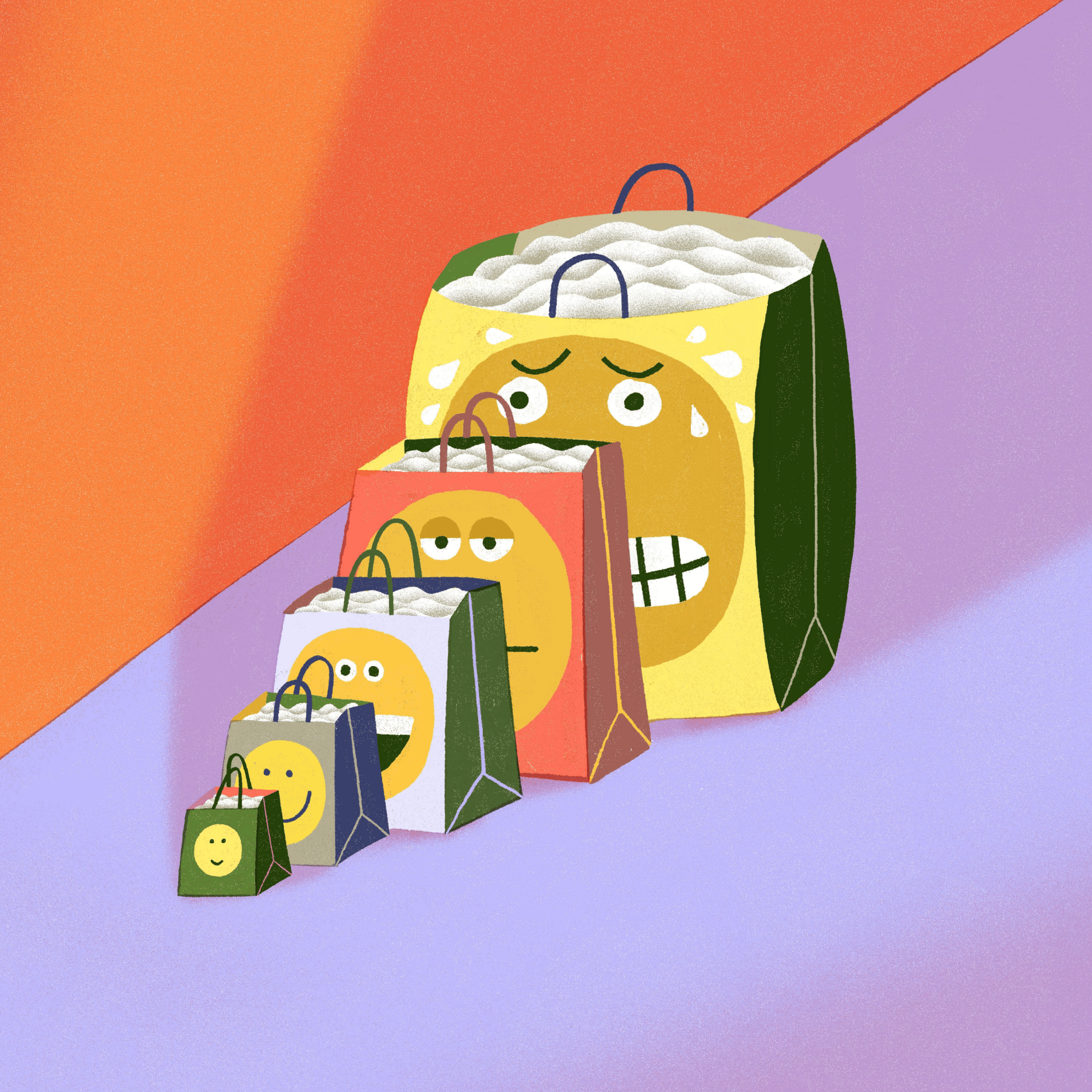
Ask Lizzie: Is it OK if I Use Shopping to Make Me Feel, You Know, Happier?
Finance for Humans
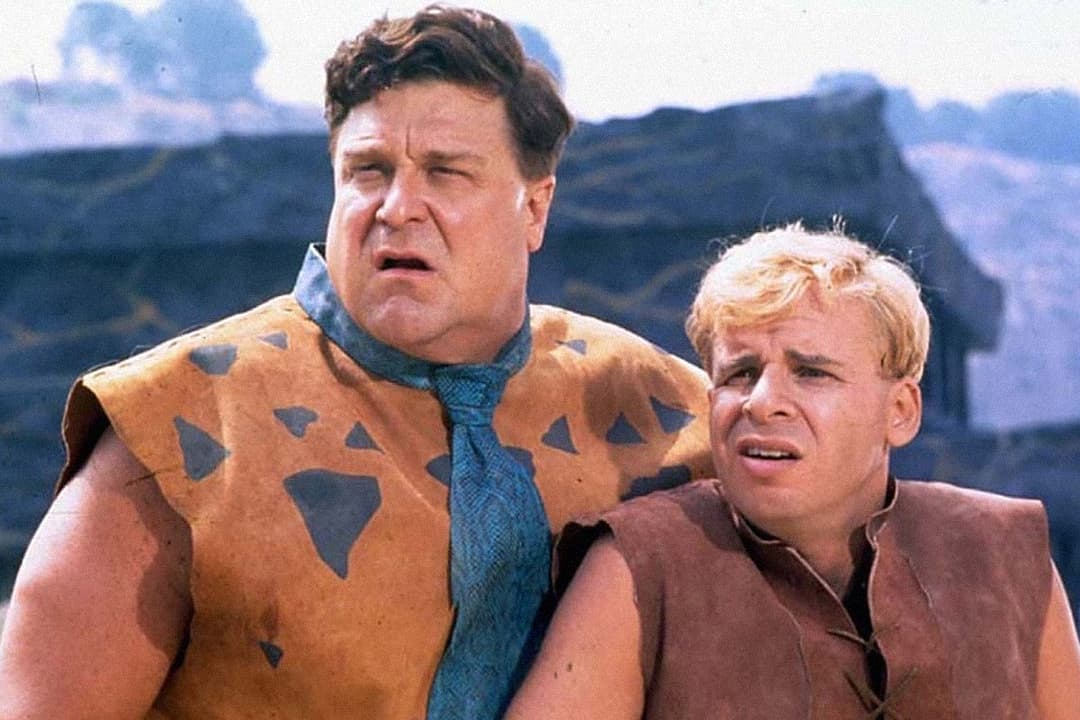
Did You Lose Money Trading Stocks? Blame Your Caveman Brain
Finance for Humans
When you have some names, speak with one or two, preferably in person. “A mark of a good jeweler is someone who’s willing to take time with you and answer questions,” says Stone. Choose a jeweler who has made many rings—and has the portfolio to prove it—and can put you in touch with happy customers. “Over the years, I’ve educated so many people about diamonds. I may not make a sale, but they’ll recommend someone to me later because they trust me.”
And be on the lookout for of a few warning signs. “If anyone wants a deposit right up front, they might be more concerned with the bottom line than the process and the meaning behind the piece,” says Stone. And walk away if they want cash. “If they’re not paying taxes, they’re already playing games,” says Kronis.
One final red flag? “I wouldn’t trust anyone who says, ‘Sure, no problem. Come back in six weeks,’” says Kronis. She makes sure her clients see sketches, perhaps even a wax or silver prototype.
Buy a Good Diamond
Once you’ve agreed on a number, the next step will be choosing a stone. The most common advice about picking a diamond is to take into account the four C’s (carat, color, clarity, and cut). But don’t feel pressure to become an amateur gemologist. An experienced designer, one who specializes in engagement rings, will have far more experience with diamonds than you ever will. If your designer can’t talk knowledgeably, and without a lot of jargon, about what to look for in a diamond, then you’ve got the wrong designer. Finally, certification from a trade group, like the Gemological Institute of America, is a big plus. “There are a lot of circumstances where the gray economy makes sense; this isn't one,” Kronis says. “You want your diamond to have a certificate. You want to make sure you’re not dealing in stolen goods.”
Some people will tell you it’s better to cut out the middle man and buy your diamond directly from a dealer, but jewelers often have access to far more inventory because they have relationships with multiple dealers. “If my client wants a round-cut diamond of a certain size, I can go to 10 different dealers to find the best one,” she says. “If you work directly with one dealer, you’re only seeing that inventory.”
When you’re picking a stone, there’s no need to obsess over perfection. Even things like clarity and color come down to personal preference. “There’s never a right answer for a diamond,” says Kronis. “Different people like different shapes.”
But one thing you should obsess over is cut. “It’s the most important thing. The right cut can make any diamond look bigger; the wrong one can ruin a diamond.” Working with someone whose eye you trust is the best way to ensure you get a beautifully cut diamond. This will also be reflected in the price—a badly cut diamond, even if it’s bigger, is typically worth far less. (If a diamond of a certain size seems like an insanely good deal, get a second opinion. A bad cut may explain the rock-bottom price. Pun intended.) One note on cut: A round cut is considered by many to be best for showing off a diamond.
Once you’ve bought a diamond, have it appraised independently by a gemologist appraiser. No good designer should object to this. “I welcome it,” says Kronis. “I want everyone involved to agree on what kind of a diamond it is and its value.”
You Don’t Have to “Express Yourself”
Customization, both designers are quick to point out, doesn’t have to mean that you’re choosing something unconventional. If you like a classic Tiffany design, it’s absolutely fine to use that as a starting point. “I’ve done a lot of replicas where the undercarriage or inside of the ring will have something very subtle that only the bride will be able to see,” says Stone. This is a forever investment, after all, not a pair of trendy shoes.
Wealthsimple's education team is made up of writers and financial experts dedicated to making the world of finance easy to understand and not-at-all boring to read.

